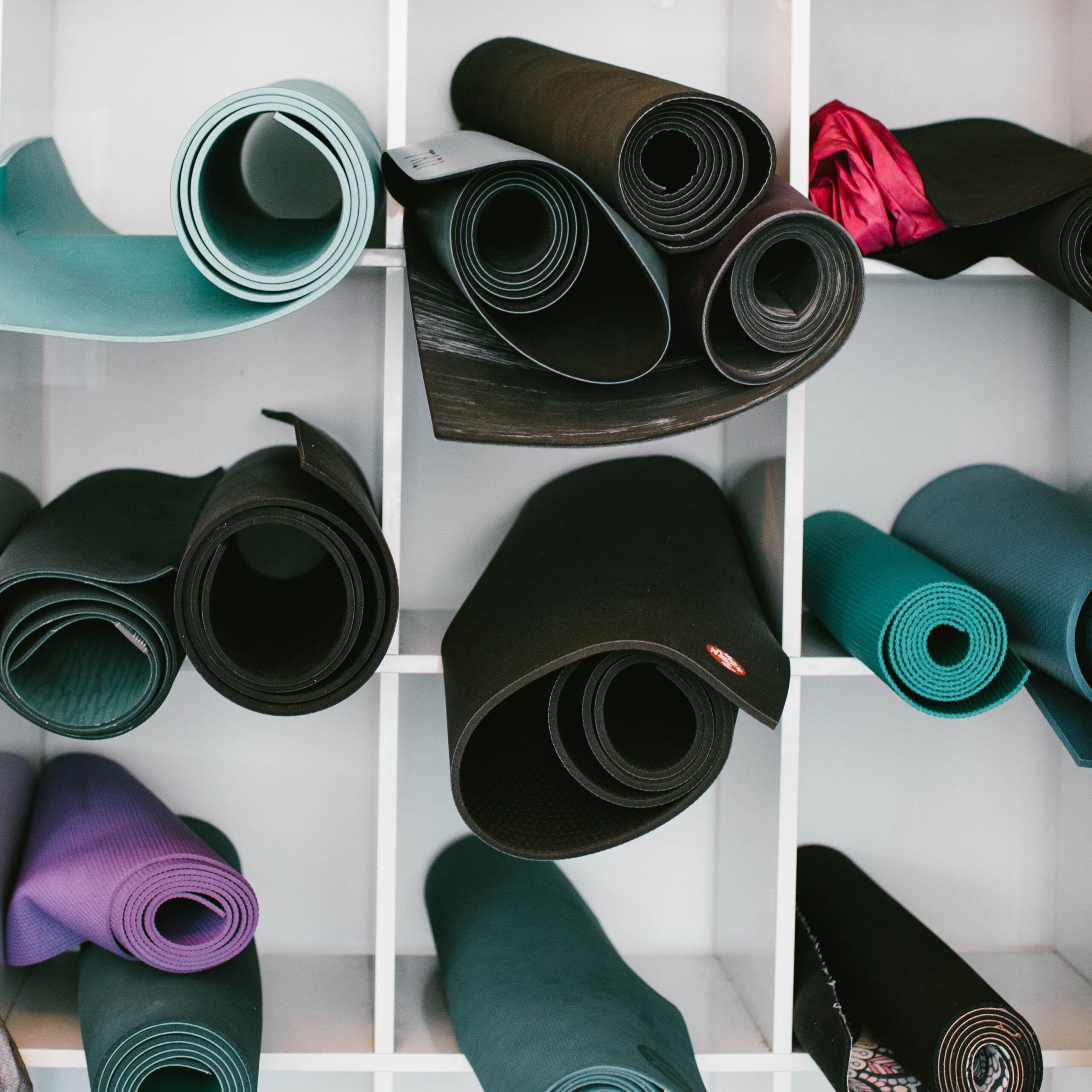Picture this: You’re in your favorite yoga class, surrounded by serene souls and harmonious energy. As you roll out your trusty yoga mat, you may wonder, “What’s this mat really made of?” Let’s take a journey into the chemistry of yoga mats, where PVC and azodicarbonamide (ADA) become the unexpected stars of our show.
About PVC & ADA
PVC (polyvinyl chloride), the resilient rebel of the yoga mat world. PVC mats are known for their durability and affordability, but they come with a hint of controversy.
Azodicarbonamide (ADA) is responsible for those cushy, comfy yoga mats that make savasana feel like a dream. ADA can magically make materials expand when heated. It’s like yoga for your mat, helping it become softer and more comfortable.
Find the Right Mat
- Natural Rubber Mats: These mats, made from renewable rubber, provide a soft landing for your asanas.
- Cork Mats: Embrace eco-chic with cork mats. They’re naturally antimicrobial, and cork’s buoyant personality adds a bounce to your practice.
- TPE Mats: These mats made from thermoplastic elastomer have the best of both worlds – they’re eco-friendly and free from PVC and harmful chemicals.
Remember that your choice of mat ultimately depends on your preferences, priorities, budget and the kind of support you seek during your practice. So, whether you’re a PVC enthusiast, an eco-warrior on a cork crusade, or simply content with your ADA-adorned mat, keep in mind that the chemistry of your yoga mat is just one element of your yoga adventure.



